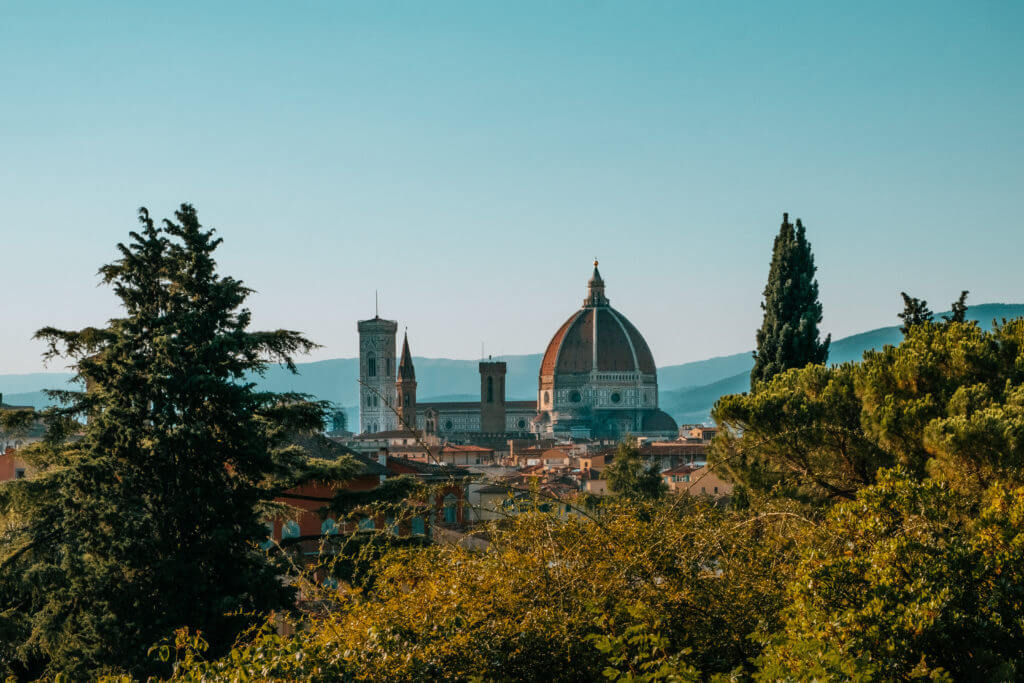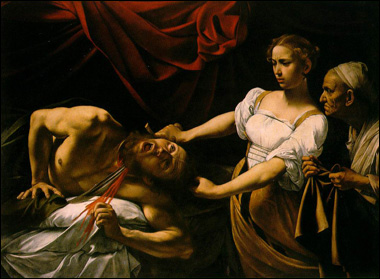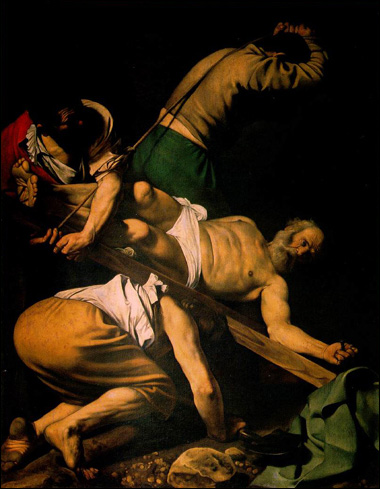Occasionally you might think your life as an artist is tough, but imagine for a moment if you had to paint for a living while being hunted down for murder?
Caravaggio did exactly that.
Born in 1571 in Italy, Michelangelo Merisi da Caravaggio (remembered just as Caravaggio, after the small town he grew up in) was a reckless rebel of a painter whose work greatly influenced the Baroque period.
After an apprenticeship of four years near his home town, Caravaggio went to Rome and began working as a painter. His work caught the attention of the Church and the general public, although not always in a good way. Controversy revolved around his use of prostitutes for models in his paintings of the Virgin Mary, as well as when he depicted some of the disciples as common working-class folk instead of noble philosophers.
But Caravaggio was interested in painting realistic scenes and people, NOT in glossing over the truth. So his paintings were rough and real, taken straight from his own life and surroundings.
Among the younger artists of Rome, his style was accepted and copied, and ultimately led to the Baroque period of painting. The commissioned work he created for various churches, on the other hand, was often returned to him with a request that it be repainted in a less sinful manner.
While Caravaggio made his living painting religious scenes for the Church, he didn’t lead the life of a quiet church-goer. Instead he was a man of quick temper and little patience, often found brawling in public and constantly in trouble with the law.
During one fight he ended up killing a man and was forced to escape Rome in a hurry before he could be arrested and tried for murder. Caravaggio remained on the run for the rest of his life, painting in various towns throughout Italy while keeping one step ahead of the law until his death in 1610.
Caravaggio was an artist of passion, of hot temper and occasionally rage. But in his paintings he managed to channel that passion into works of art that were as dramatic as his own life and personality.
This post may contain affiliate links.




